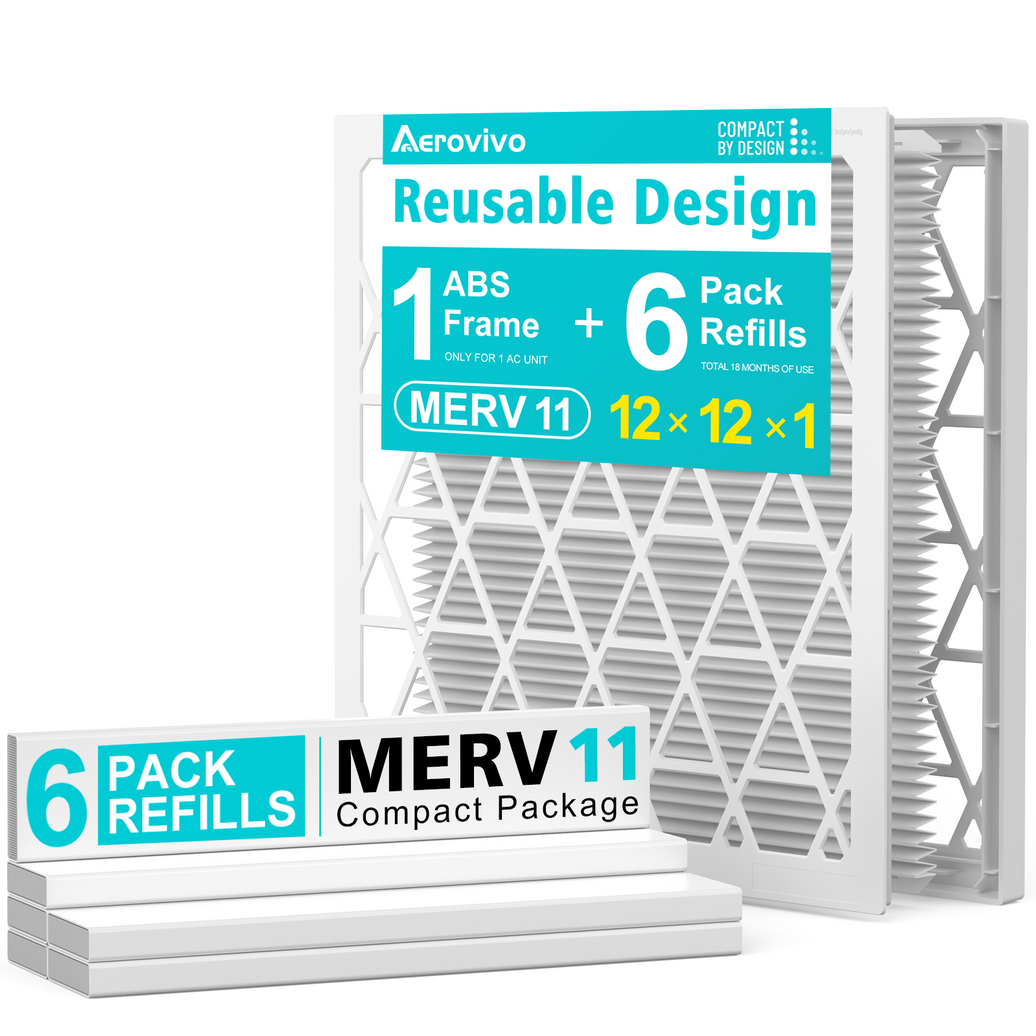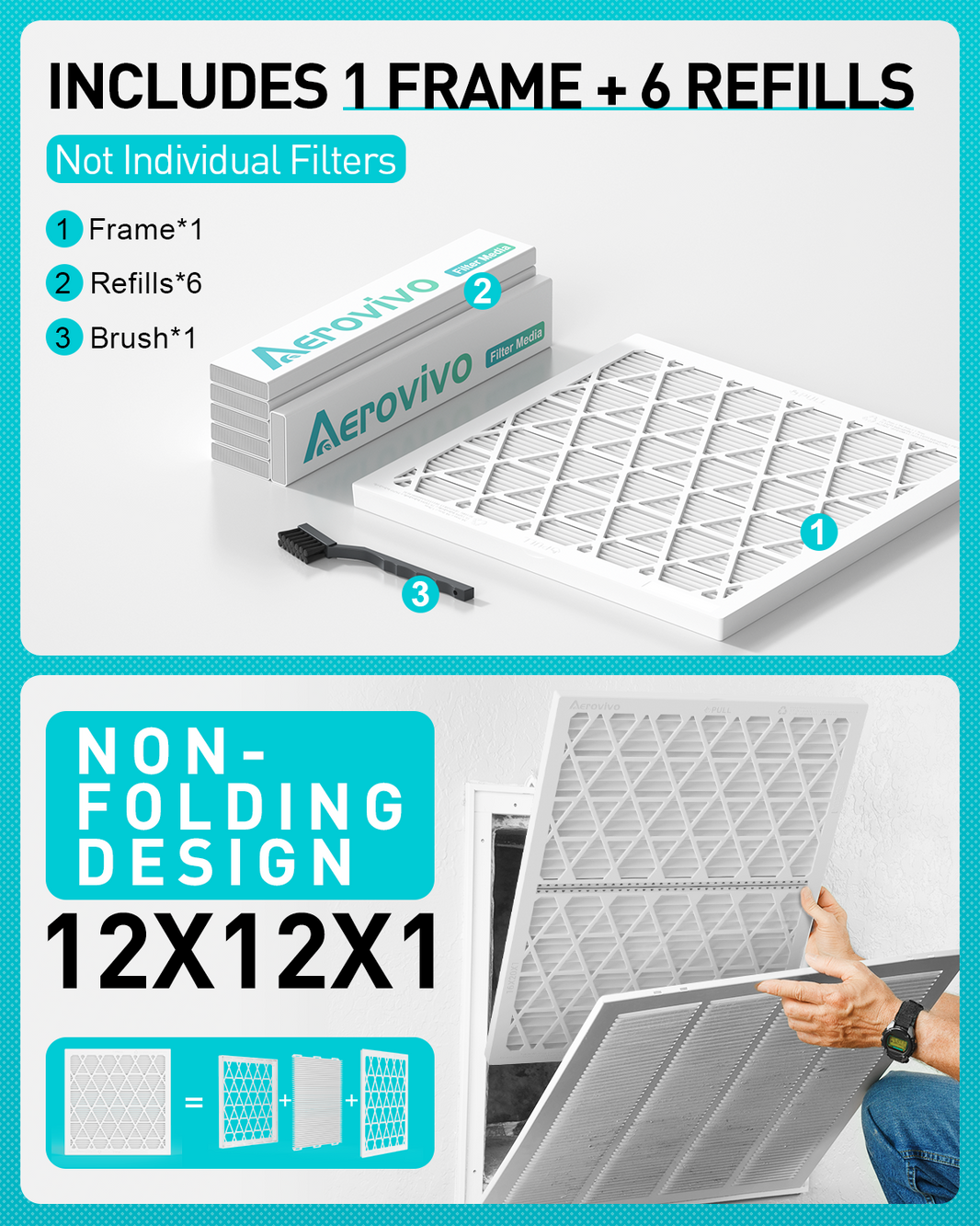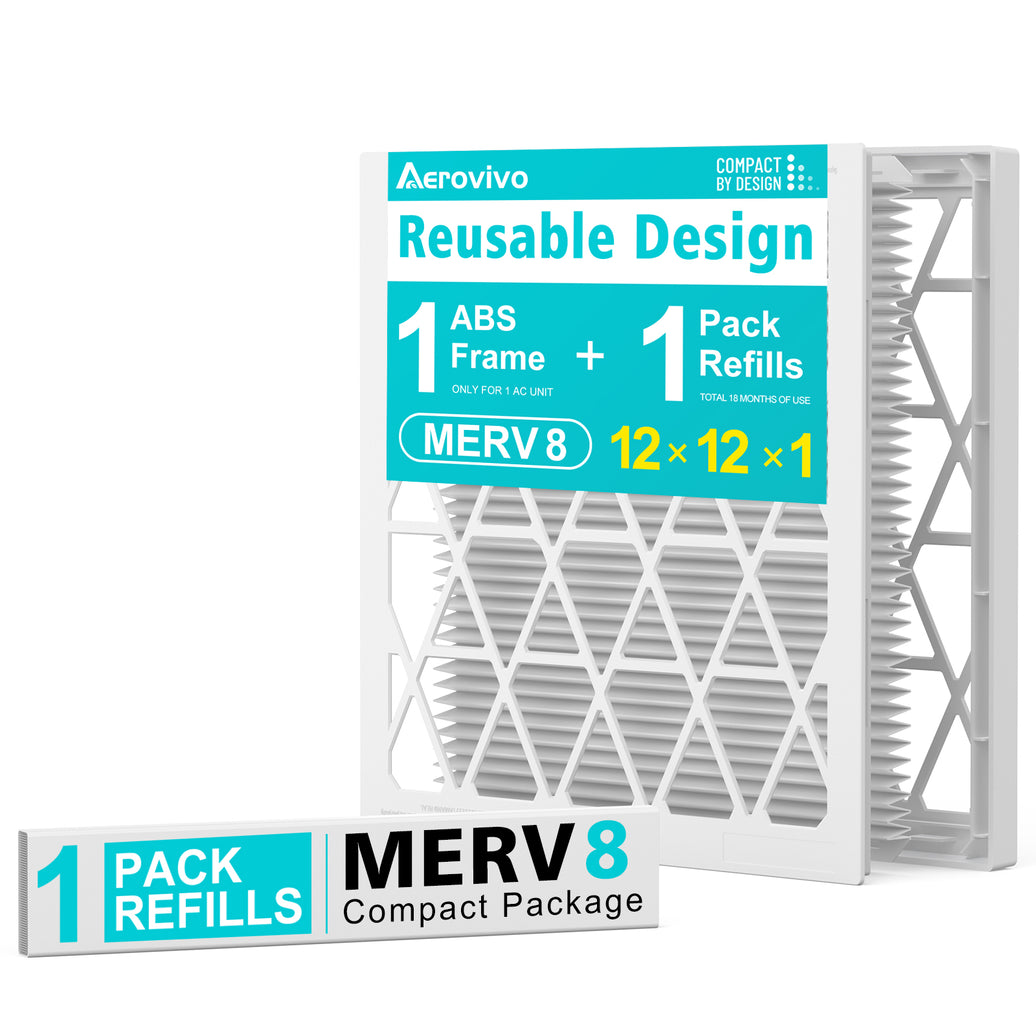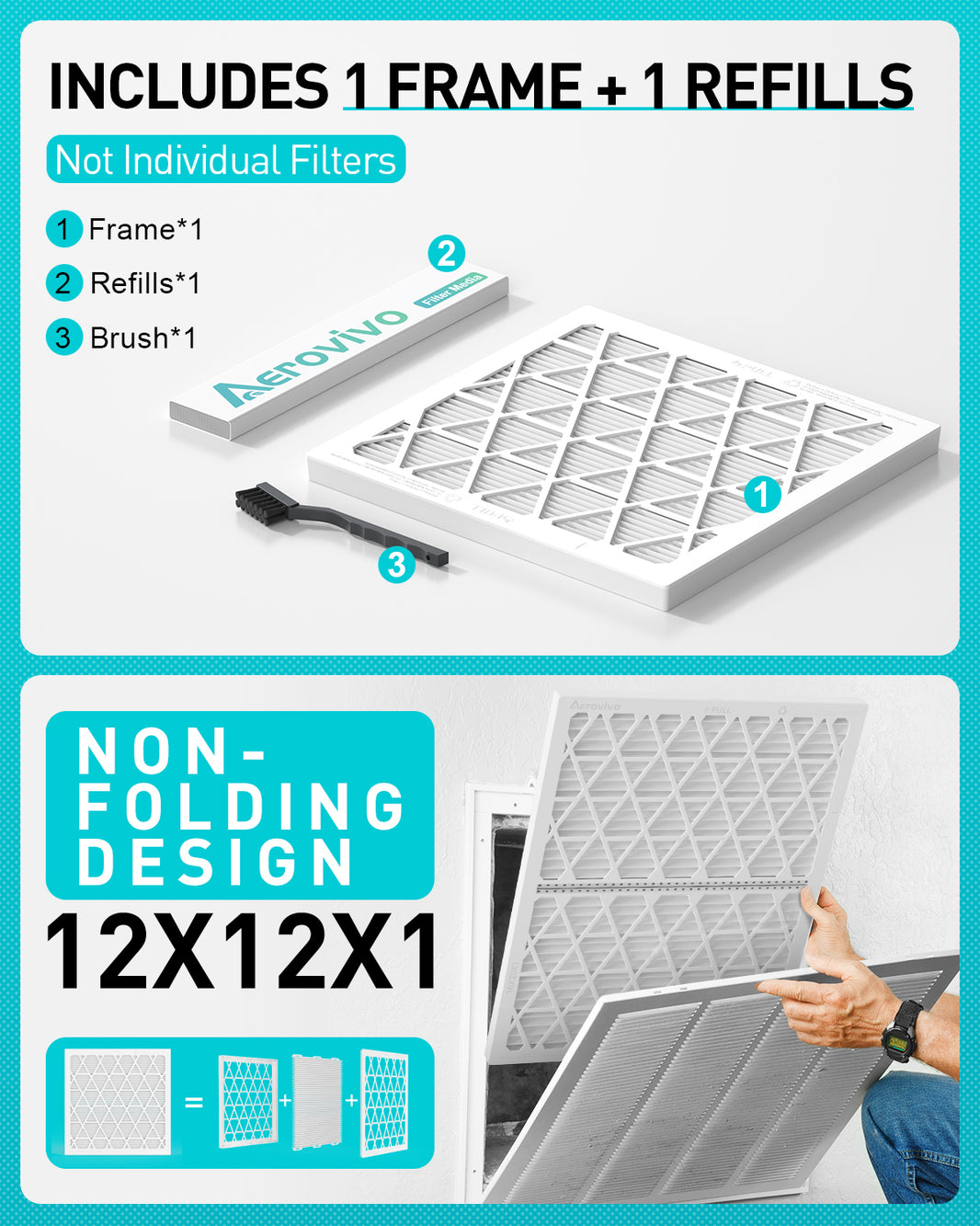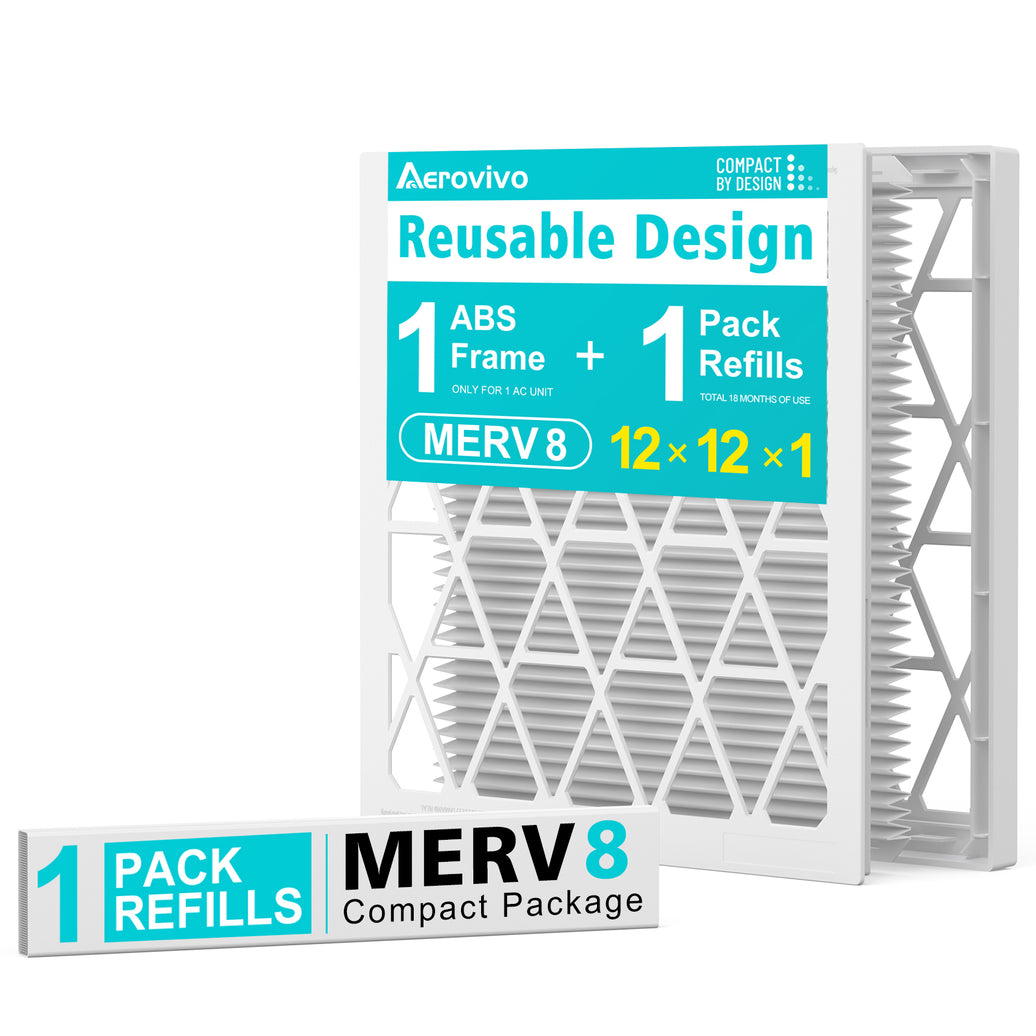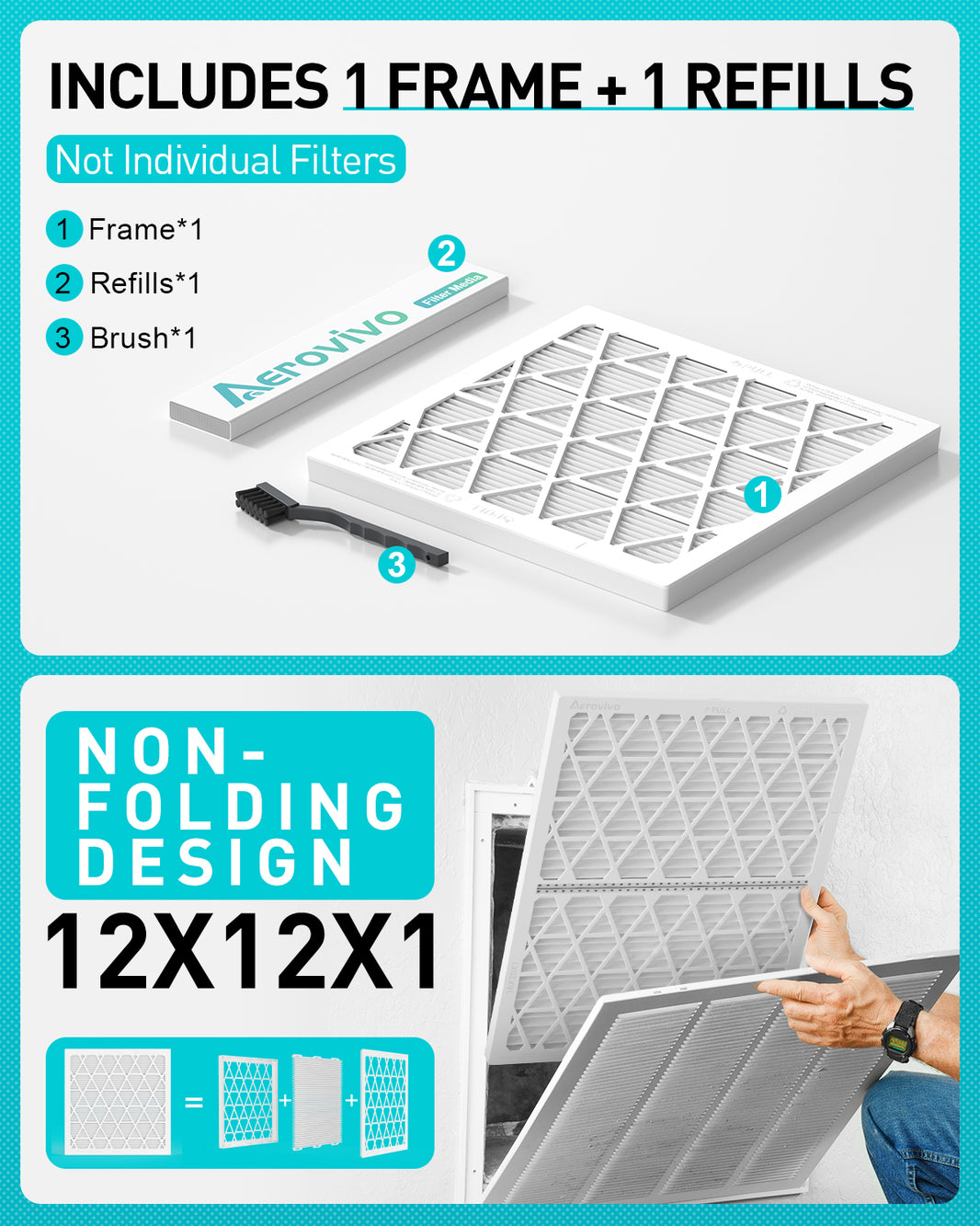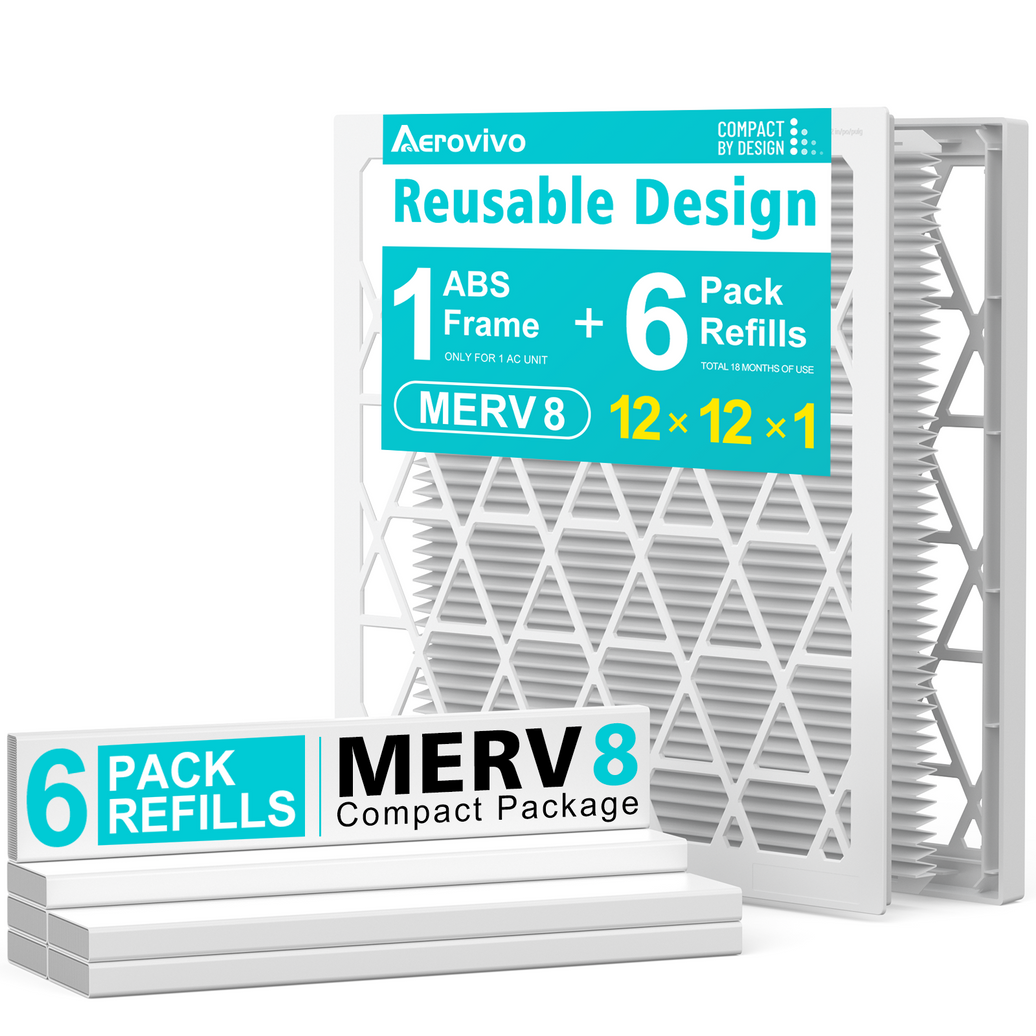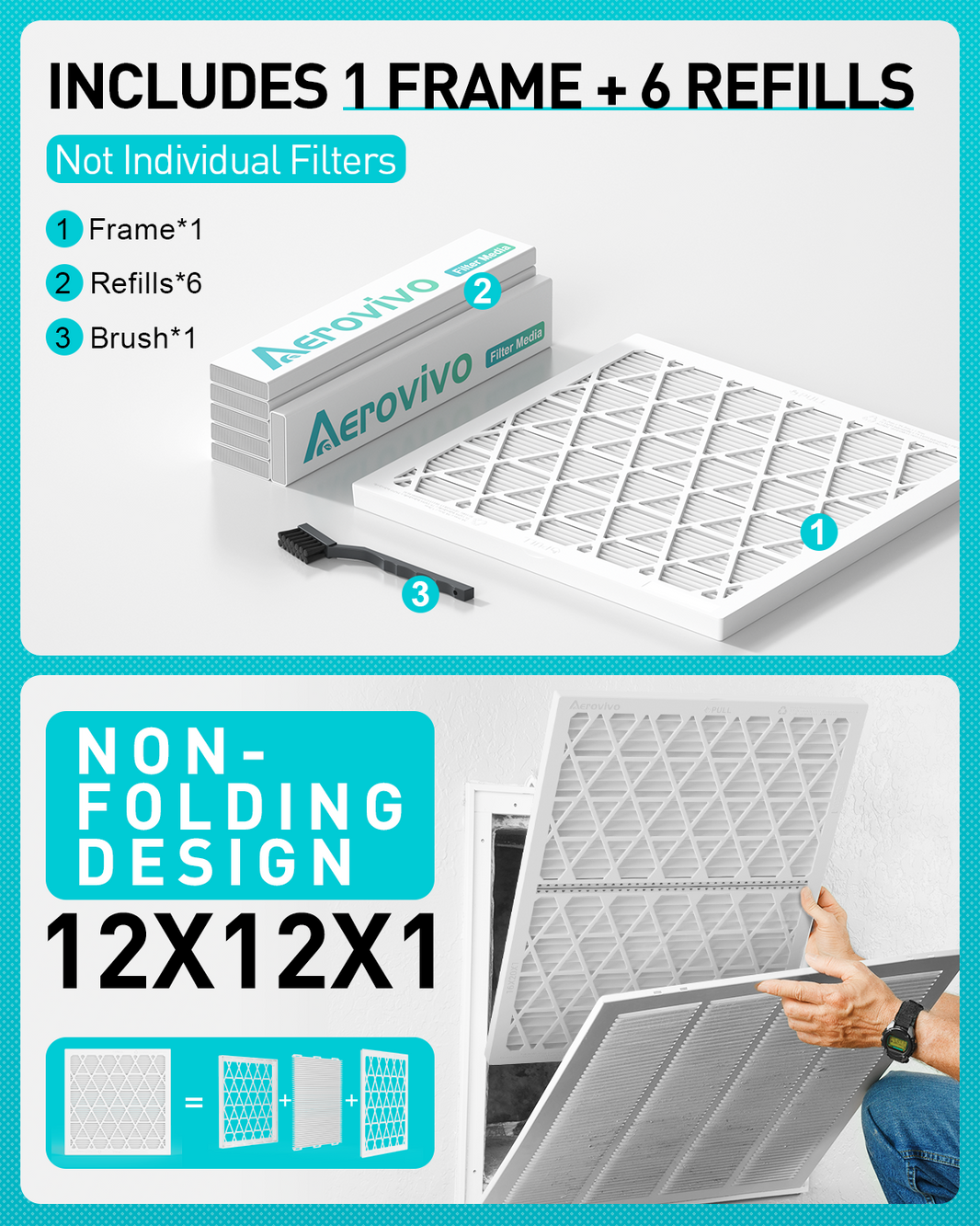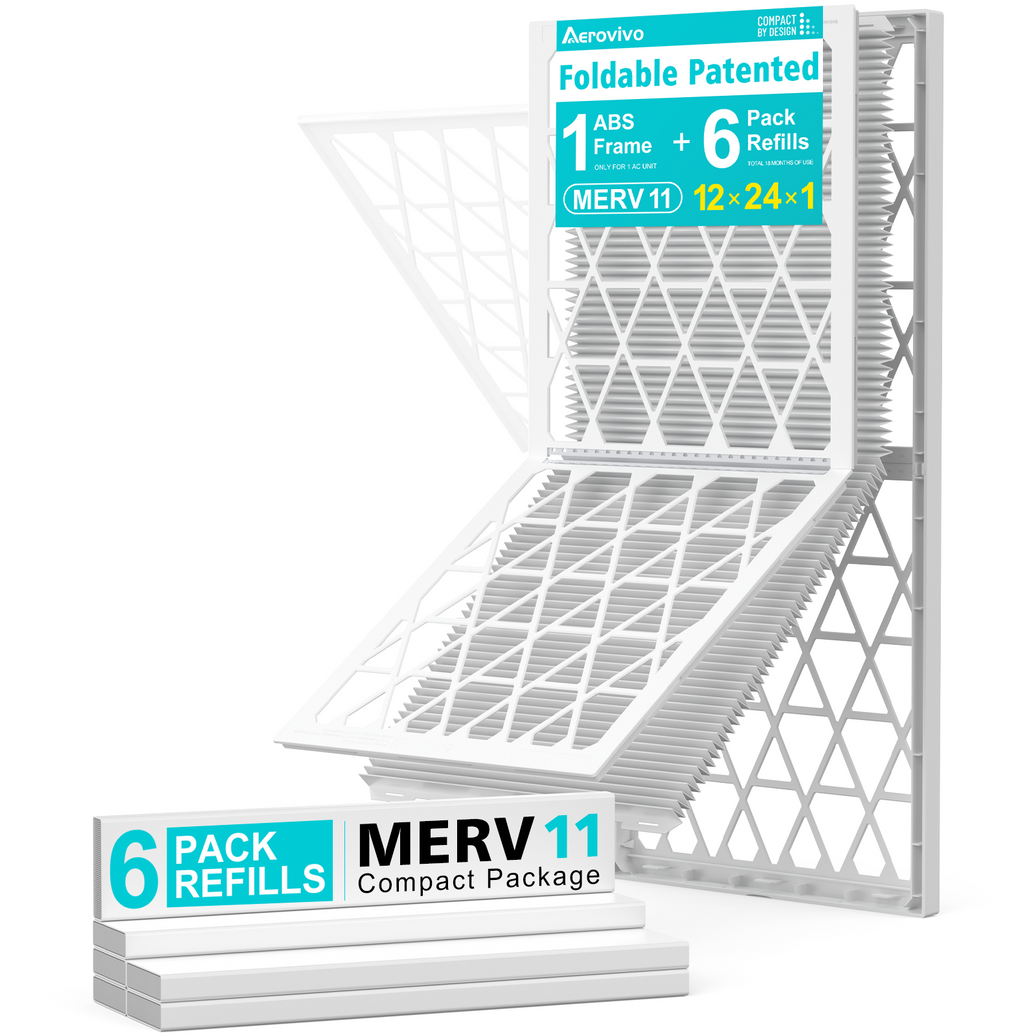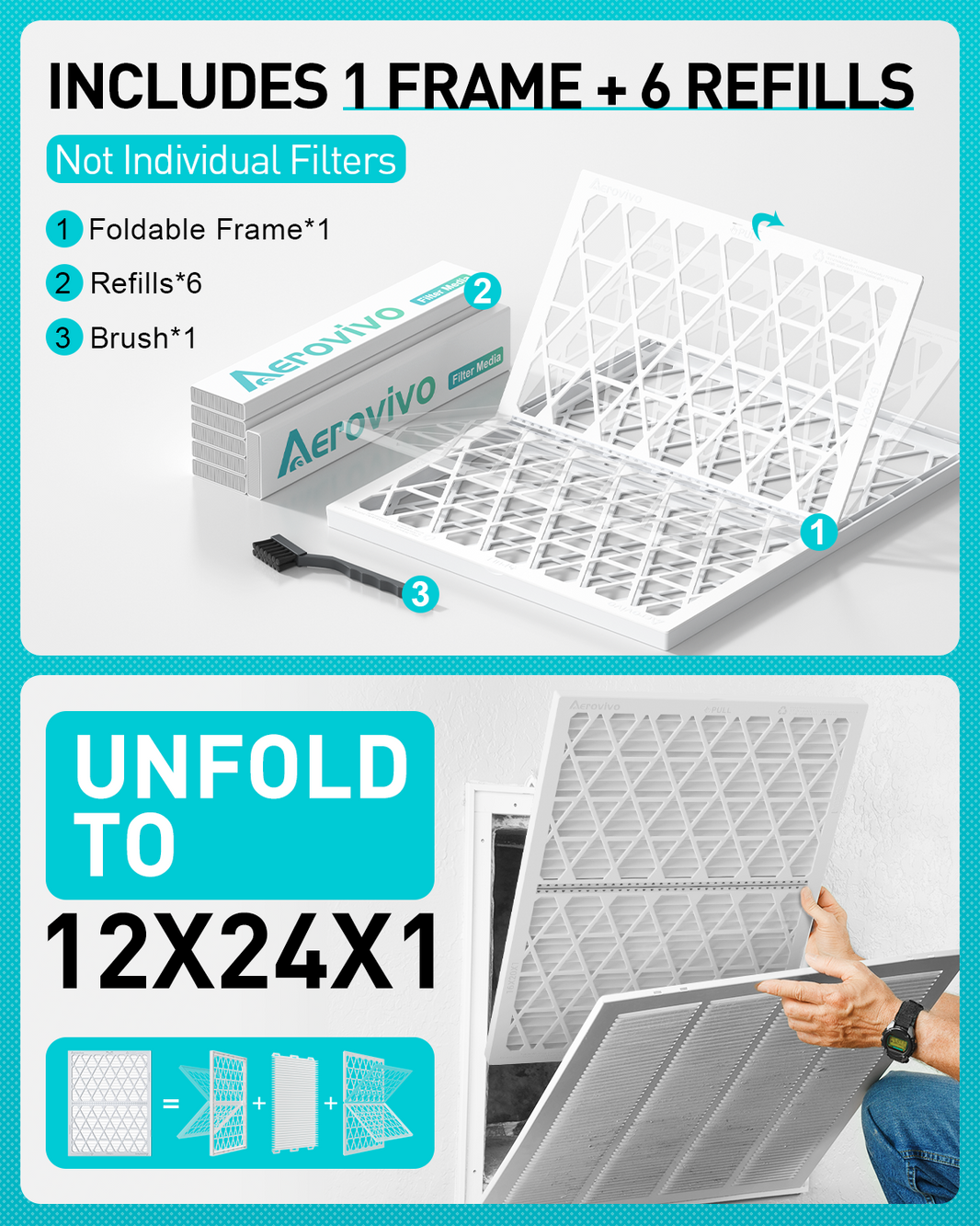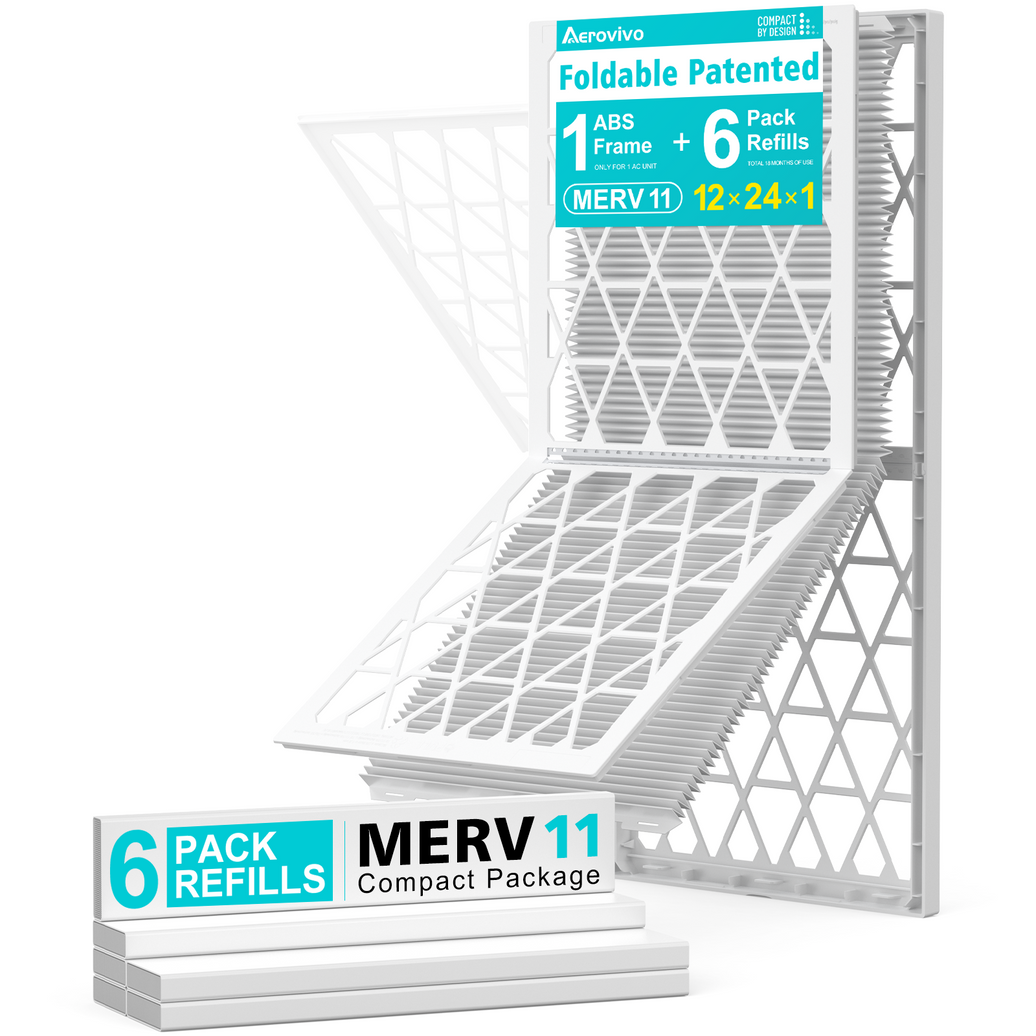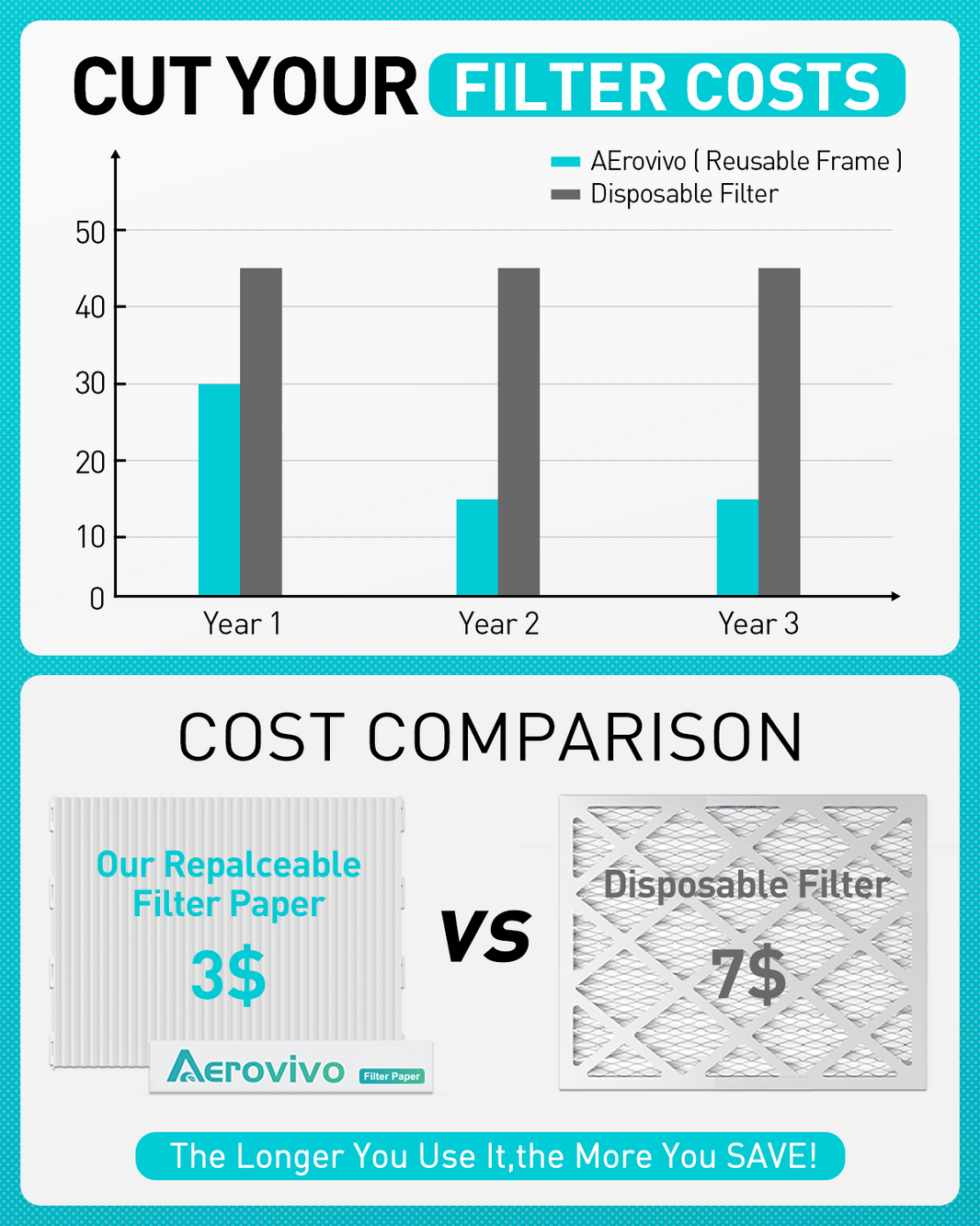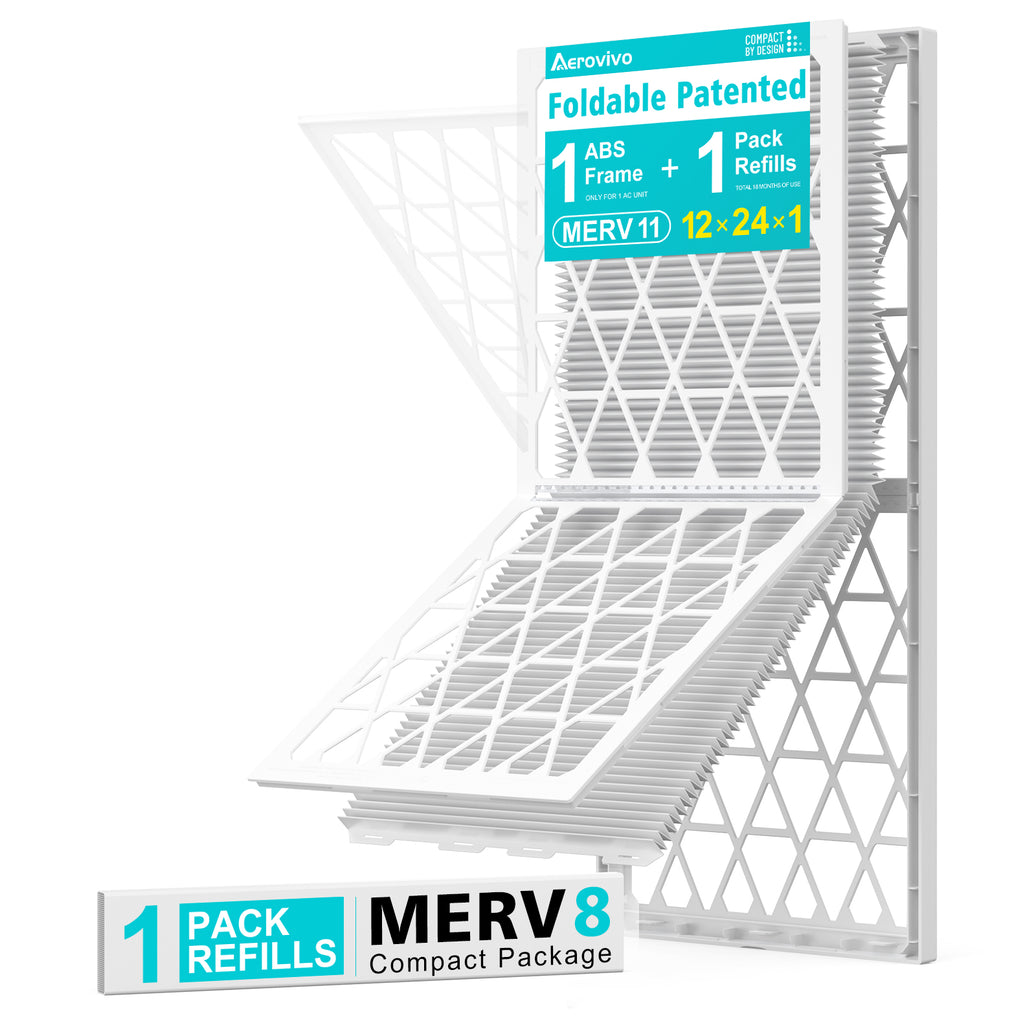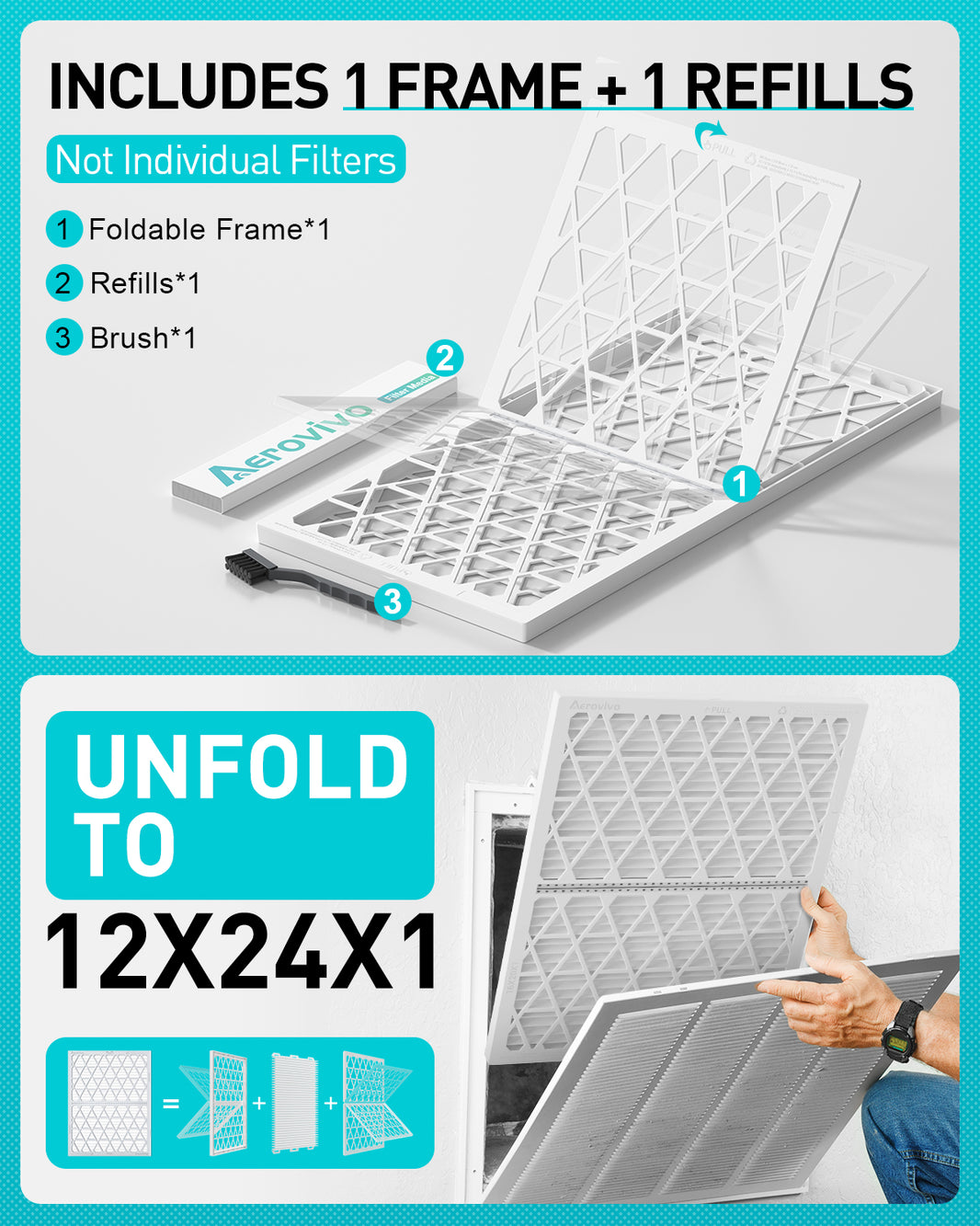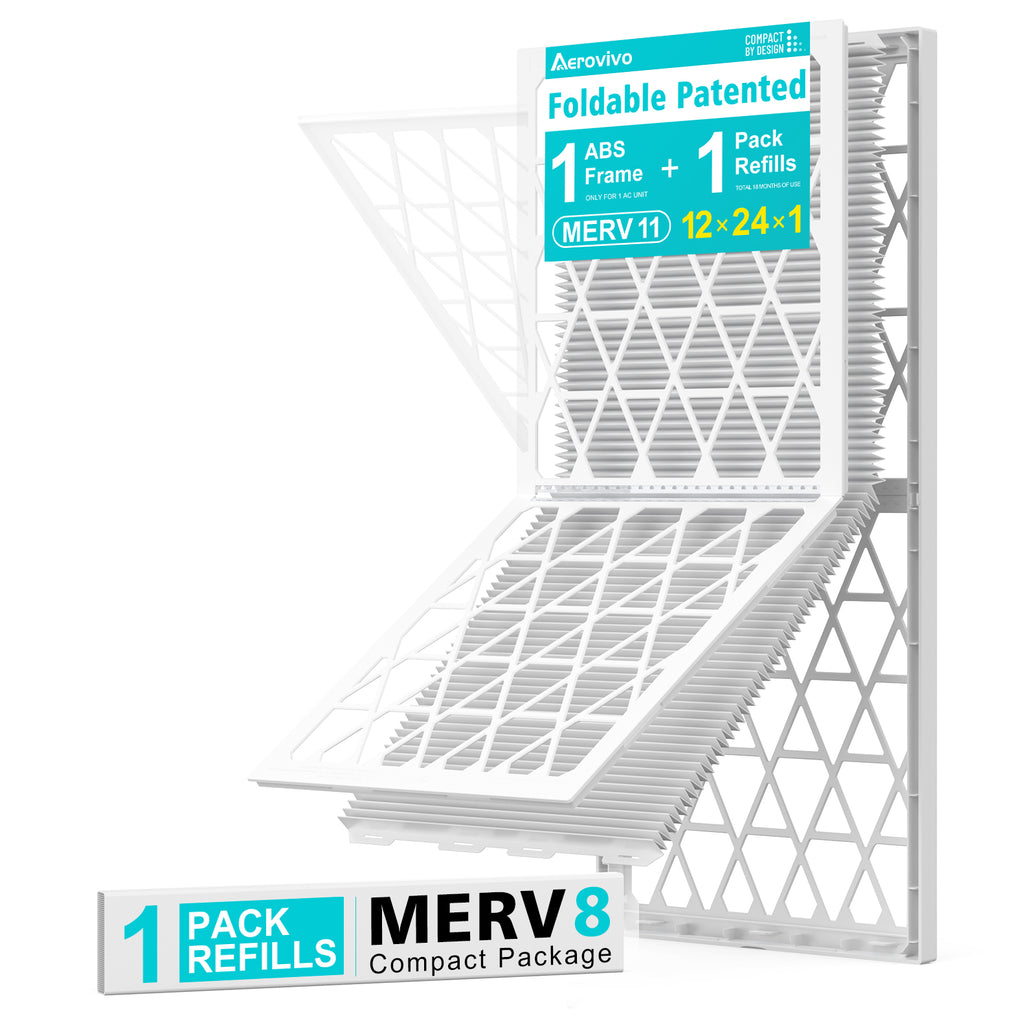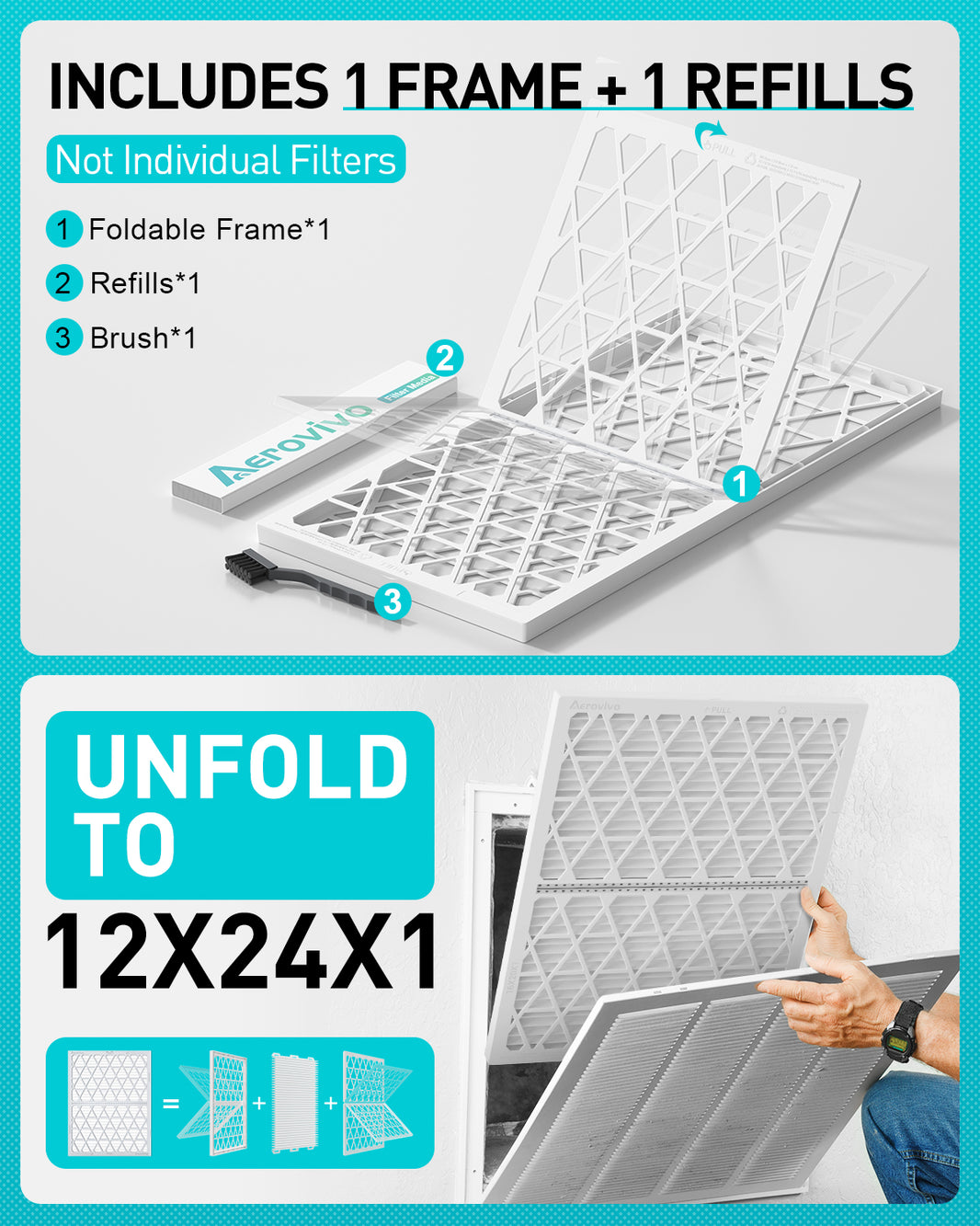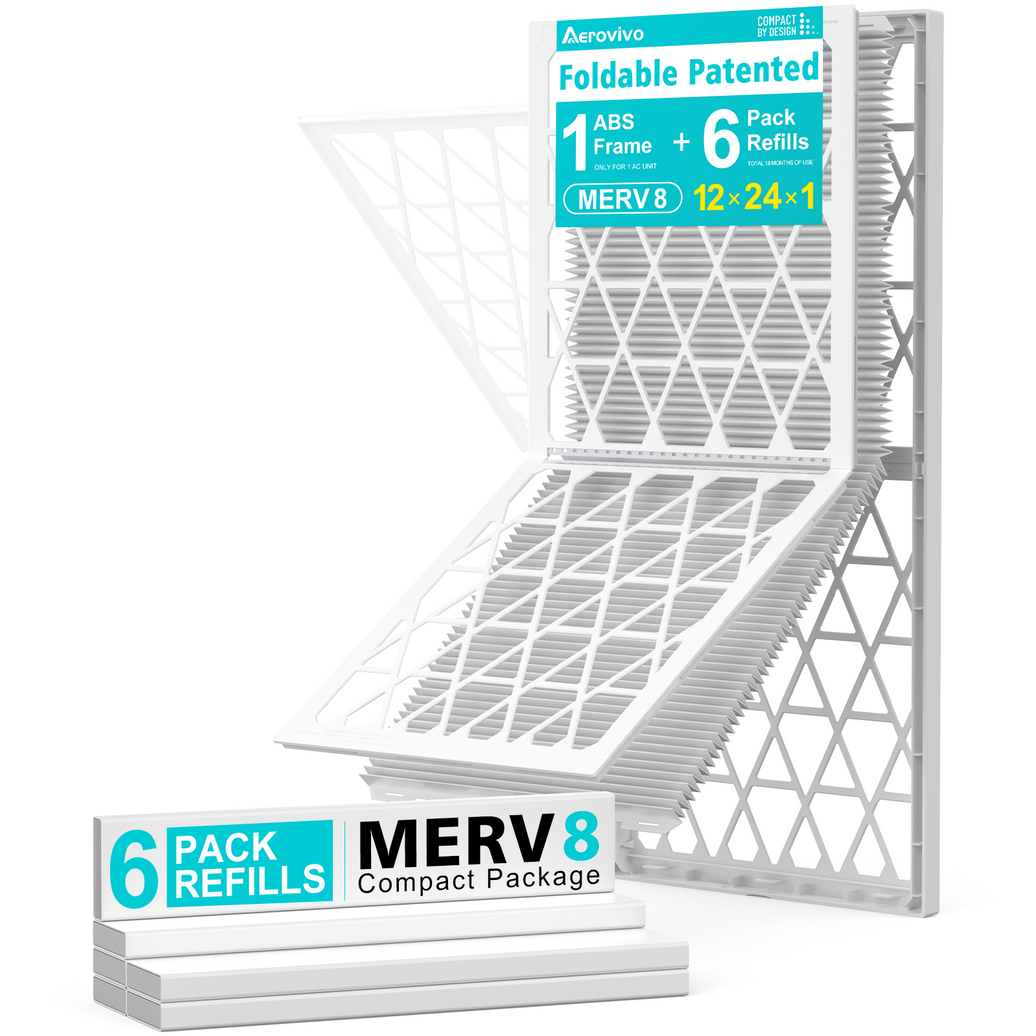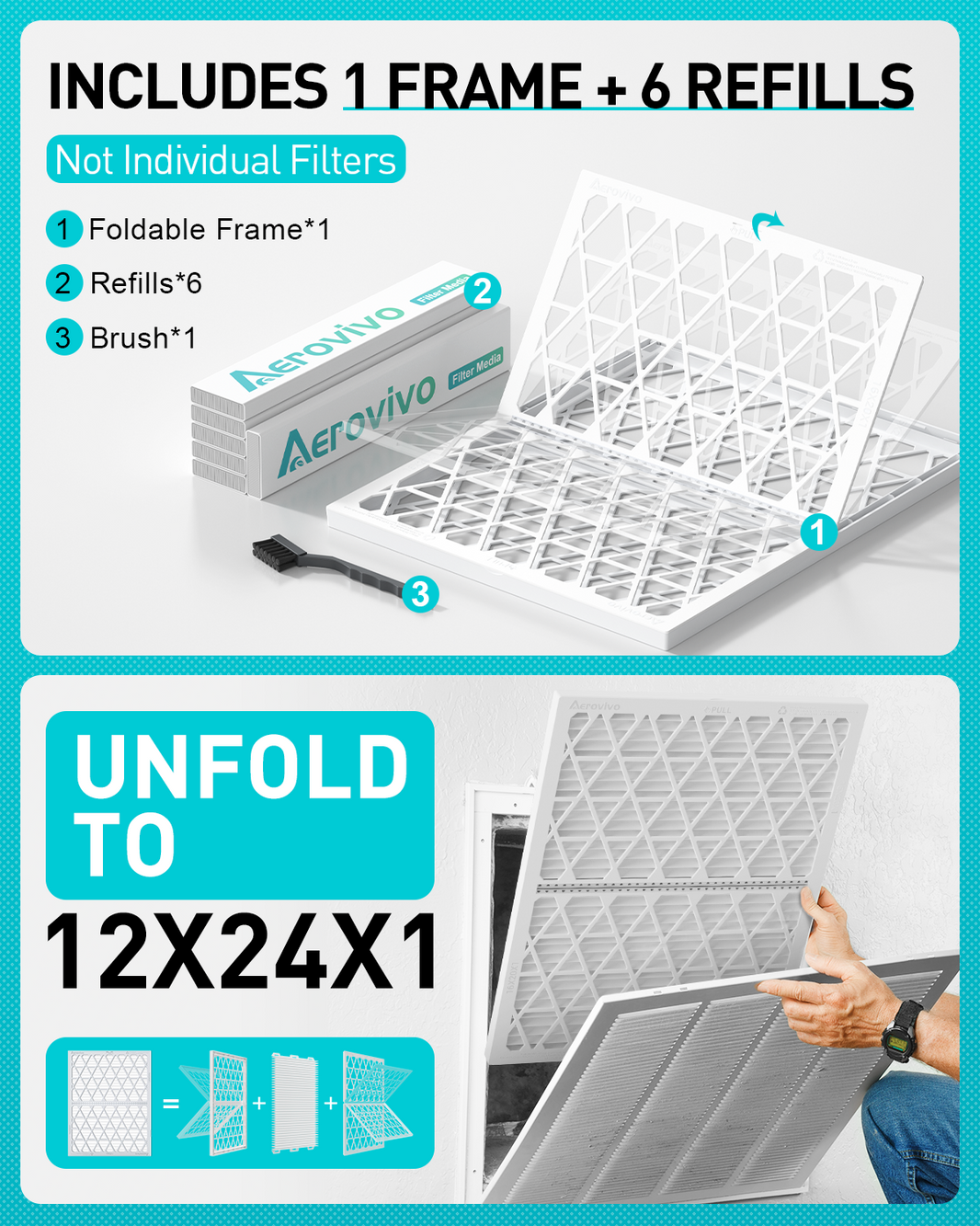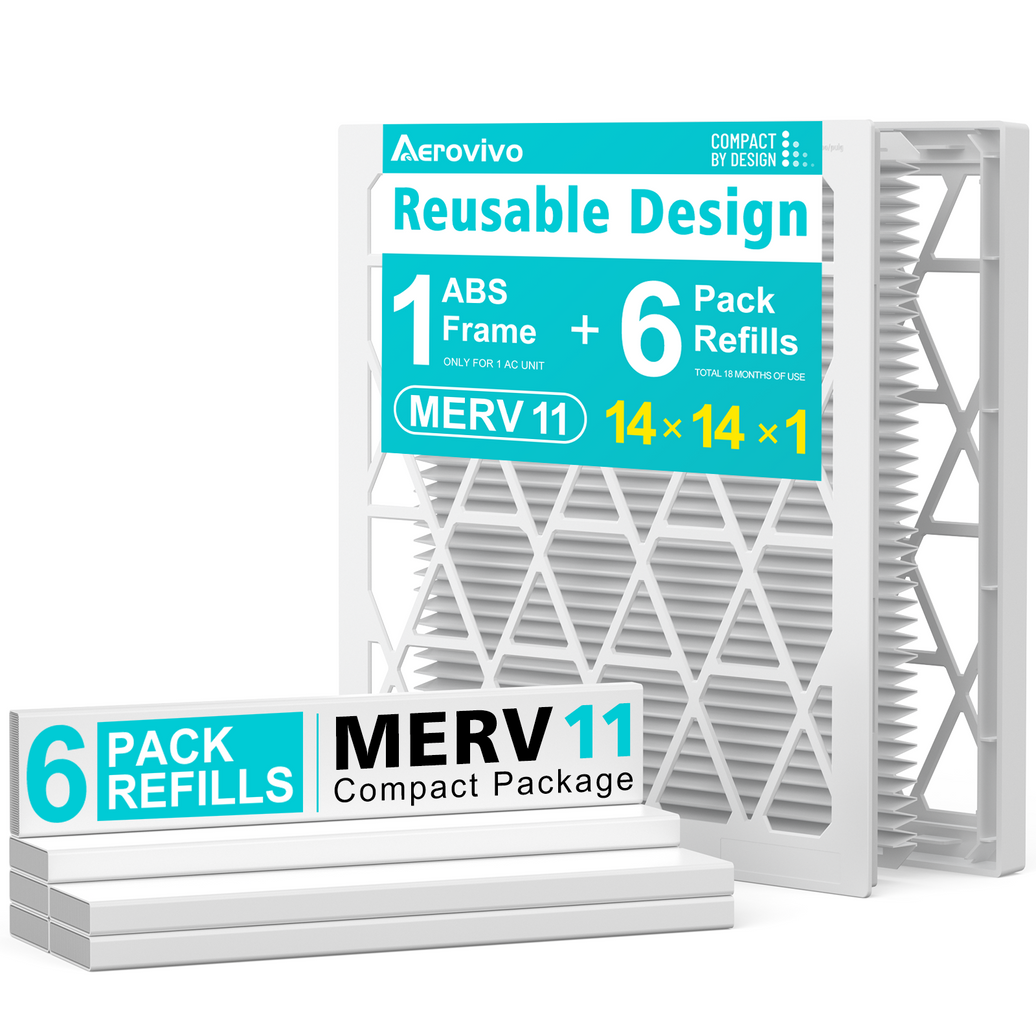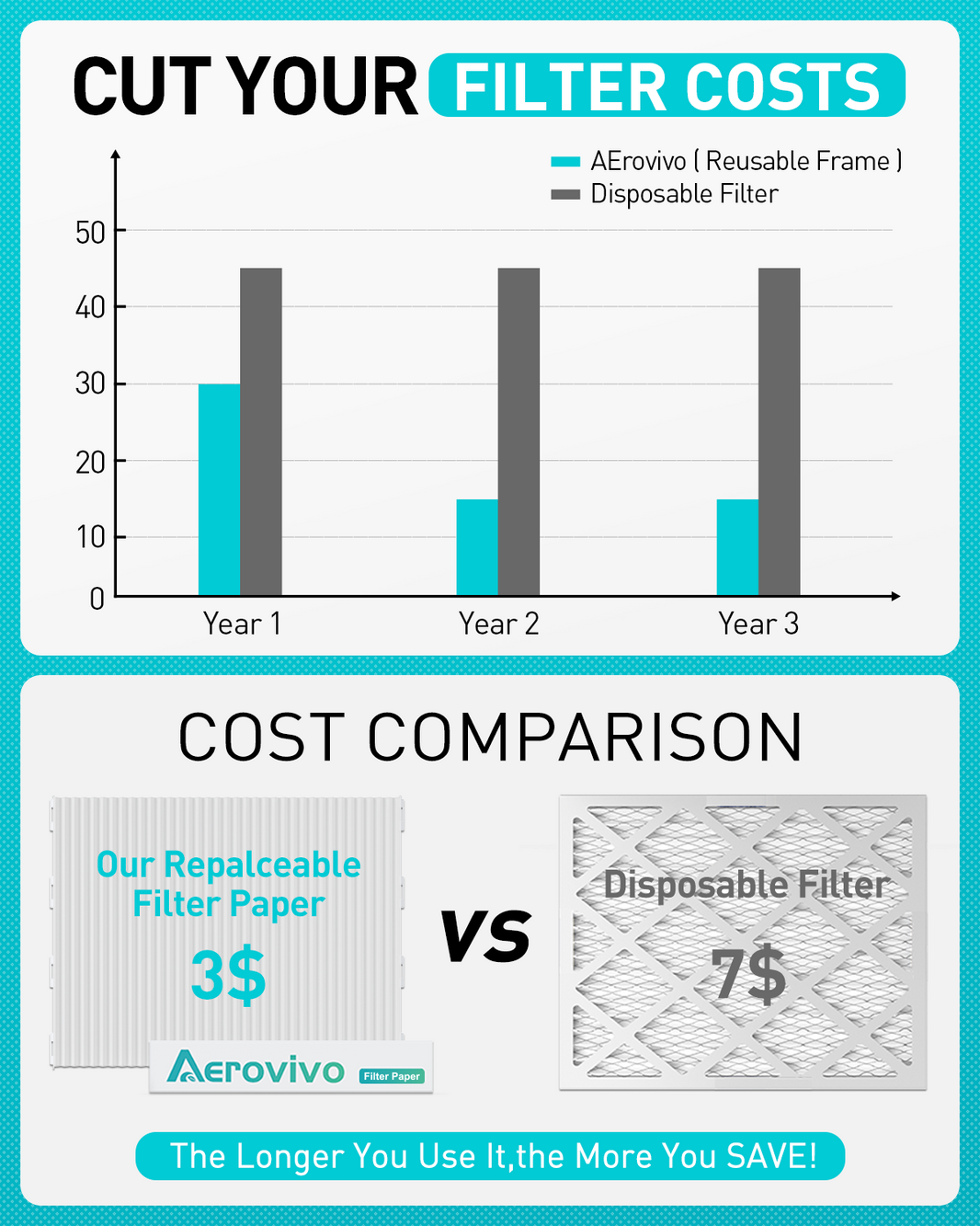Whether you are moving into a new home or renovating an old one, creating a fresh, healthy living environment should be one of your top priorities. We spend most of our time indoors every day, and improving indoor air quality is not only related to comfort, but also directly affects the health of the whole family. The following five practical home upgrade suggestions will help you create a more livable space:
1. Replace gas appliances with electricity
Gas stoves, water heaters and furnaces may release harmful gases such as carbon monoxide and nitrogen dioxide during use, and long-term exposure is not good for the respiratory system. Consider upgrading these appliances to electric appliances, such as induction cookers or electric water heaters, which can greatly reduce the source of air pollution.
If you still need to use gas appliances, be sure to install carbon monoxide alarms, and regularly test the equipment for leaks and carbon deposits to ensure that the home is well ventilated.
2. Remove carpets and replace them with hard floors
Carpets are easy to harbour dirt and dirt, especially dust, dust mites, pet dander and mold spores, which are difficult to completely remove even with frequent vacuuming. Hard floors, such as wood, tile, or eco-friendly vinyl, are not only easier to clean, but also reduce the source of suspended particles in the air.
In addition, newly installed carpets and pads often contain VOCs (volatile organic compounds), which may release irritating odors and chemicals that are not conducive to fresh indoor air.
3. Upgrade HVAC filters
HVAC systems are key to maintaining indoor air quality. Although traditional filters can capture large dust particles, they have limited processing capabilities for particulates and allergens. Choosing high-efficiency filters with higher MPR (particulate performance grade), such as Aerovivo smart air filters, can more effectively remove particulate pollutants from the air.
Recommendation:
Replace the air conditioning filter every 3 months
Smart filters can also remind you to replace it through email, saving you worry and effort.
4. Improve insulation and sealing
Gaps in doors and windows, and unsealed duct holes can cause poor air exchange and allow external pollutants to penetrate. Sealing these holes will not only help improve indoor air quality, but also reduce energy consumption. Focus on easily overlooked areas such as attics, basements, window frames and door edges.
Upgrade suggestions include:
Use sealant or foam to fill gaps
Install double-glazed windows
Replace old doors or add door bottom seals
Add insulation in attics or basements
5. Install high-efficiency exhaust fans
Kitchens and bathrooms are the spaces in the home that are most likely to accumulate moisture and pollutants. If cooking fumes and steam and shower moisture cannot be discharged in time, it will not only affect air quality, but may also breed mold and bacteria.
Installing high-efficiency exhaust fans in these areas and ensuring that their exhaust paths go directly to the outdoors rather than to attics or enclosed spaces is a key step in improving air circulation and humidity control.



